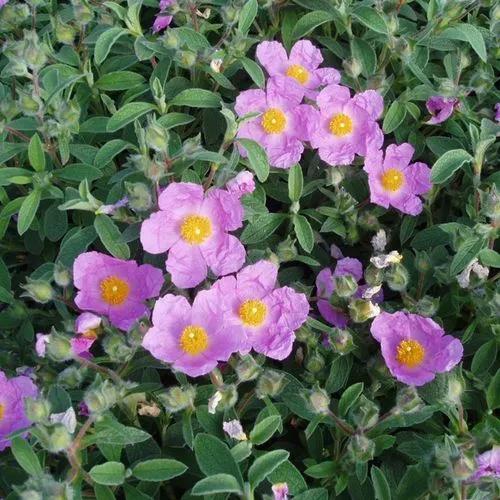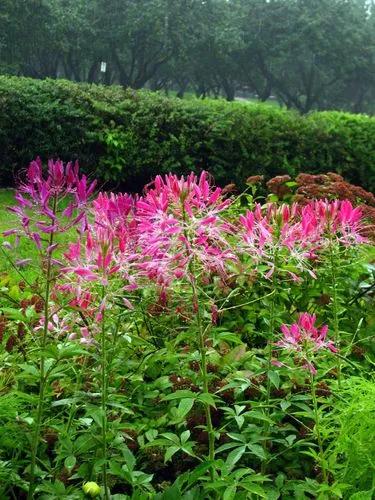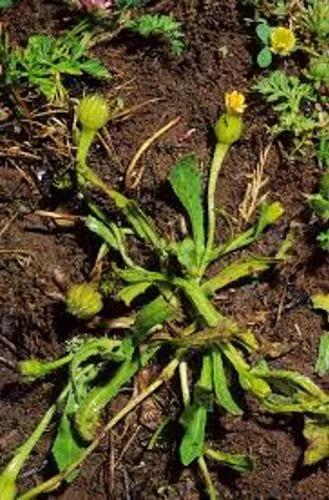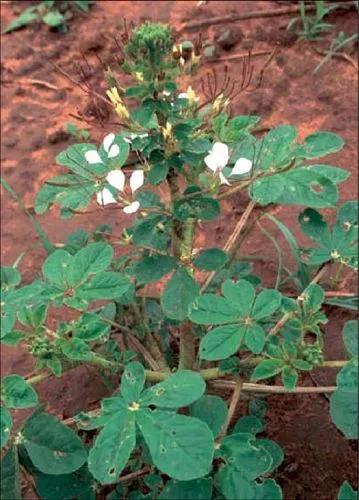Mimulus ringens is a species of monkeyflower known by the common names Allegheny monkeyflower and square-stemmed monkeyflower. It is native to eastern and central North America. Naturalized in moist to wet soils in water or bog gardens, wet meadows.
Allegheny monkey-flower Care
Mimulus ringens



Mimulus ringens, commonly called Allegheny monkey flower or square-stemmed monkey flower, is a rhizomatous, Missouri native, upright perennial which typically occurs in swampy areas, wet meadows, pond/streambanks and low woods throughout the State. Typically grows 1-3' (less frequently to 4') tall on erect, square, sometimes branching stems. Features lilac-purple, snapdragon-like flowers (to 1" long) with two-lipped, open-mouthed corollas. Flowers appear in pairs in the leaf axils on slender 1-2" long pedicels. Each flower purportedly resembles the face of a smiling monkey (hence the common name). Flowers bloom throughout the summer. Sessile, opposite leaves (2-4" long) are oblong to lanceolate and sharply-toothed. It can be invasive in North America.
How to Care for the Plant

Water

The plant requires consistently moist soil. Do not let dry out between waterings.

Sunlight

The plant will grow in full sun to part shade. Best in part shade.

Soil

The plant prefers a rich loamy soil. A 2- to 4-inch (5 to 10 cm.) layer of mulch will help prevent moisture evaporation.

Temperature

The plant can be grown in the areas with the lowest winter temperatures of -23.3°C (-10°F).

Popularity

41 people already have this plant 13 people have added this plant to their wishlists
Discover more plants with the list below
Popular articles






